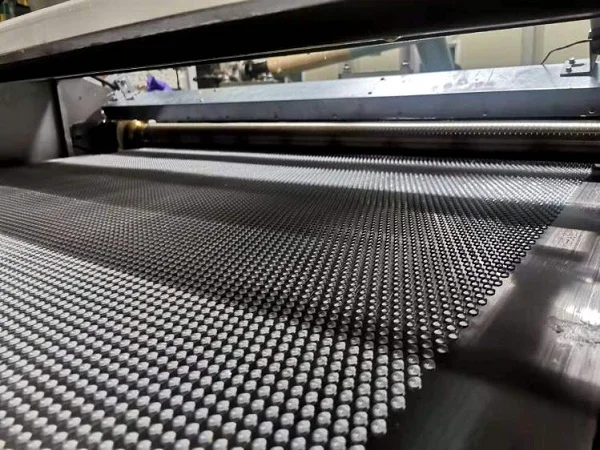Mastering Moisture Control: Effective Strategies to Prevent Water Intrusion Through Concrete
Moisture intrusion through concrete is a common yet significant issue that can lead to structural damage, mold growth, and a host of other problems in both residential and commercial properties. Understanding how to effectively stop moisture from penetrating concrete is crucial for maintaining the integrity of buildings and ensuring a healthy indoor environment. This article delves into the various strategies and techniques that can be employed to mitigate moisture issues, providing a comprehensive guide for homeowners, builders, and property managers alike.
Understanding the Causes of Moisture Intrusion
Before implementing solutions, it is essential to understand the primary causes of moisture intrusion through concrete. The most common sources include:
- Hydrostatic Pressure: This occurs when water in the soil exerts pressure against the foundation walls, forcing moisture through cracks and pores in the concrete.
- Capillary Action: Water can be drawn up through the concrete via capillary action, especially in porous materials.
- Condensation: Changes in temperature can lead to condensation forming on cooler surfaces, contributing to moisture issues.
- Poor Drainage: Inadequate drainage systems can lead to water pooling around the foundation, increasing the likelihood of moisture intrusion.
Preventive Measures to Stop Moisture Intrusion
- Proper Site Grading and Drainage
One of the first steps in preventing moisture intrusion is ensuring proper site grading. The ground around the foundation should slope away from the building to facilitate water runoff. Additionally, installing effective drainage systems, such as French drains or sump pumps, can help divert water away from the foundation, reducing hydrostatic pressure.
- Waterproofing Membranes
Applying a waterproofing membrane to the exterior of the concrete can create a barrier that prevents moisture from penetrating. These membranes can be made from various materials, including bituminous coatings, liquid-applied membranes, or sheet membranes. It is crucial to ensure that the membrane is installed correctly and that all seams and penetrations are adequately sealed.
- Sealants and Coatings
Using sealants and coatings on the interior surfaces of concrete can help reduce moisture penetration. Epoxy or polyurethane sealants can fill in cracks and pores, while penetrating sealers can provide a water-repellent barrier. Regular maintenance and reapplication of these products are necessary to ensure long-term effectiveness.
- Crack Repair
Addressing existing cracks in concrete is vital for moisture control. Cracks can be repaired using epoxy injections or polyurethane foam, which expands to fill voids and create a watertight seal. Regular inspections should be conducted to identify and repair new cracks promptly.
- Ventilation and Humidity Control
Improving ventilation in basements and crawl spaces can help reduce humidity levels, minimizing the risk of condensation. Installing dehumidifiers can also be an effective strategy for controlling moisture levels, particularly in areas prone to high humidity.
- Use of Vapor Barriers
In areas where moisture is a significant concern, such as basements, installing a vapor barrier can be an effective solution. These barriers, typically made from polyethylene sheeting, are placed over the ground or walls to prevent moisture from seeping through.
Advanced Techniques for Moisture Control
For properties experiencing severe moisture issues, more advanced techniques may be necessary:
- Pressure Grouting: This technique involves injecting a grout mixture into the soil or concrete to fill voids and create a barrier against moisture intrusion.
- Drainage Boards: Installing drainage boards against the foundation walls can help channel water away from the concrete, reducing hydrostatic pressure.
- Soil Stabilization: In some cases, treating the soil around the foundation with chemical stabilizers can reduce its permeability and prevent moisture from reaching the concrete.
Conclusion
Stopping moisture from coming through concrete is a multifaceted challenge that requires a combination of preventive measures and ongoing maintenance. By understanding the causes of moisture intrusion and implementing effective strategies, property owners can protect their investments and create a healthier living environment. Whether through proper drainage, waterproofing techniques, or advanced moisture control methods, taking proactive steps is essential for long-term success in moisture management.

Average Rating